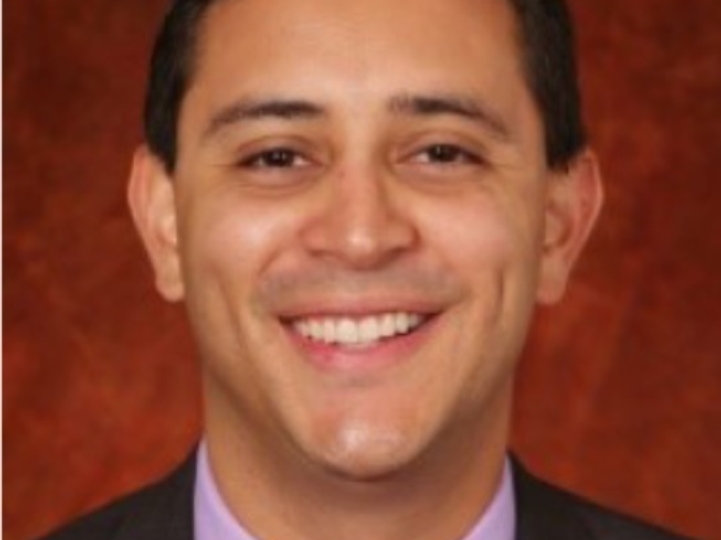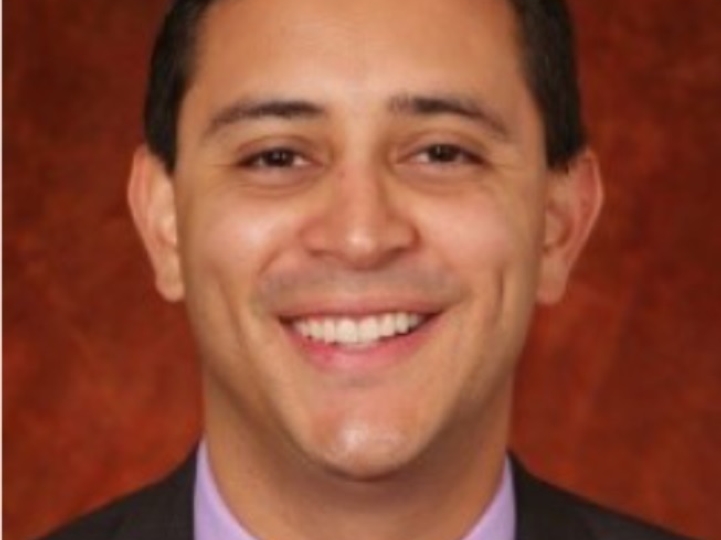
What Have We Learned From COVID-19?
Health, Safety, and Well-being Health, Safety, and Well-being Initiatives Wellness and Health Promotion Mid-Level New Professional Senior Level
May 13, 2021
JCC Connexions, Vol. 7, No. 2, May 2021
Fostering Moral Development: An Ongoing Column in JCC Connexions
Recently, the institution at which I work announced plans to resume campus operations for the Fall 2021 semester in a manner that resembles fall semesters prior to COVID-19. While there are lots of details still to be worked out, the announcement was met with cautious optimism, as many in the campus community are ready to put COVID-19 behind them and conceptualize what a life post-COVID-19 might look like.
A Post-COVID-19 Campus
The announcement continued my thinking around what higher education as an enterprise will be as it moves into a post-COVID-19 world. I know for me, this last year of working within the structures of the COVID-19 pandemic have given me lots of moments of reflection and learning about the work I do in higher education.
 This past year has challenged many of my assumptions, helped identify personal and professional priorities, and allowed me to re-center on the principles that guide my practice. I have learned the value of in-person connection in so many different ways. I realized how much body language is lost via an electronic meeting, as mostly seeing people from the neck up provides no context to potential thinking or responses to information. I now better appreciate the random “pop-in” by students in my office, viewing them now as a welcome divergence as opposed to the occasional distraction. I appreciate the time spent with my staff sitting in my office or somewhere on campus to philosophize about work problems or life experiences. And when we are all back in-person on campus, the first time a colleague spontaneously says, “Let’s go to lunch,” I will follow them out the door. These connections, these magical moments, these essential elements of our jobs, for many of us, are just a few of the pieces we have missed and can only recapture when we are in-person together again.
This past year has challenged many of my assumptions, helped identify personal and professional priorities, and allowed me to re-center on the principles that guide my practice. I have learned the value of in-person connection in so many different ways. I realized how much body language is lost via an electronic meeting, as mostly seeing people from the neck up provides no context to potential thinking or responses to information. I now better appreciate the random “pop-in” by students in my office, viewing them now as a welcome divergence as opposed to the occasional distraction. I appreciate the time spent with my staff sitting in my office or somewhere on campus to philosophize about work problems or life experiences. And when we are all back in-person on campus, the first time a colleague spontaneously says, “Let’s go to lunch,” I will follow them out the door. These connections, these magical moments, these essential elements of our jobs, for many of us, are just a few of the pieces we have missed and can only recapture when we are in-person together again.
Finding Comfort in Public Spaces
While there are many things I look forward to when I am physically present on campus on a more consistent basis, to be honest, there are parts of resuming my job completely in-person that give me pause or trepidations. I have yet to wrap my mind around how I will participate in an in-door meeting with other people without wearing a mask. After a year of covering my face in public spaces and knowing how much risk just breathing can present, it will take time to feel comfortable being around others without a mask. I am already wistful for not having my entire refrigerator at my disposal during the workday so I can grab whatever I am in the mood for at that instant (or as soon as the Zoom meeting is over). And based on the few times I have been to campus, I am already over commuting.
I am sure many higher education professionals like me are also grappling with all the dynamics associated with heading back to the consistent in-person experience. But it is not just our own individual reasons that complicate a regular, physical return to our jobs. There are a lot of issues higher education institutions need to continue to think through and resolve as it emerges from operating in the COVID-19 pandemic.
Returning to "Normal"?
For one, I believe higher education professionals need to avoid conversations or descriptions of resuming full-time in-person operations as “returning to normal.” Our world is different. Ask yourself the question, “Was ‘normal’ pre-COVID-19 what I wanted my professional experience to be?” If the answer is no, then subsequently ask yourself, “Why not, and what can I do about it?” Higher education institutions and administrators should take this opportunity to problematize and critically examine what was considered “normal” before COVID-19 entered our collective lives.
We have an opportunity to correct issues that working during COVID-19 exposed. For example, the quick and unexpected shifts professionals had to make throughout the COVID-19 pandemic identified numerous missed opportunities for institutions to maximize student engagement and create multiple pathways of learning for students. Many of the virtual experiences institutions offered (remote-learning courses, virtual student meetings, or advising sessions, or asynchronous programming) can be kept as part of professionals’ regular processes once COVID-19 is managed.
A Preference for In-Person Learning
The COVID-19 pandemic also reminded me of about 10 years or so ago was the (what seemed like) handwringing of many higher education professionals that students would gradually migrate to remote-only learning, putting traditional brick and mortar institutions in some form of financial or resource peril. I think we now have a year’s worth of sample of what that experience would be. While most faculty and students made the very best out of converting to all-remote or mostly-remote learning, I believe the COVID-19 pandemic clearly demonstrated most students (mostly and overwhelmingly of the traditional 18-24 age group) and faculty strongly prefer in-person learning.
Most students and faculty like seeing and being around each other in class – it is a more dynamic, thoughtful, engaging environment than sitting in front of a screen. While some students, particularly those who may manage some form of mental health or disability concerns, may prefer remote-only modalities, it turns out that almost everyone realized that no amount of online experiences could replicate the satisfaction of in-person teaching. So, while I think higher education institutions learned that offering a robust set of online courses is appropriate and necessary, they also learned not to dramatically shift course modalities to an online format. At least not yet.
Societal Inequities
It would be negligent to not also acknowledge how the COVID-19 pandemic highlighted so many other societal inequities, particularly for people of color. For many students, faculty, and staff, particularly for people of color, a “return to normal” is not desired. The COVID-19 pandemic, with its disproportionate impact on communities of color, along with the killing of George Floyd, forced many higher education professionals to critically examine the racial pandemic that has long plagued the United States and higher education institutions. Let’s be frank: most higher education administrators, particularly in senior institutional leadership positions, have yet to properly understand or figure out how to address the structural inequalities embedded in higher education institutions which disproportionately impact people of color. Confronting this pressing issue should be of the upmost importance for all higher education administrators in the days, weeks, months, and years ahead.
Reflection on Lessons Learned
I am sure there are many other lessons, positive and negative, that higher education administrators have learned as a result of COVID-19. Think about them. Reflect on them. Then, if feasible, talk with your supervisor, department head, or divisional leader and plan how you will tackle them. If COVID-19 has taught me anything, it is that waiting for tomorrow may end up being a longer wait than we dreamed.